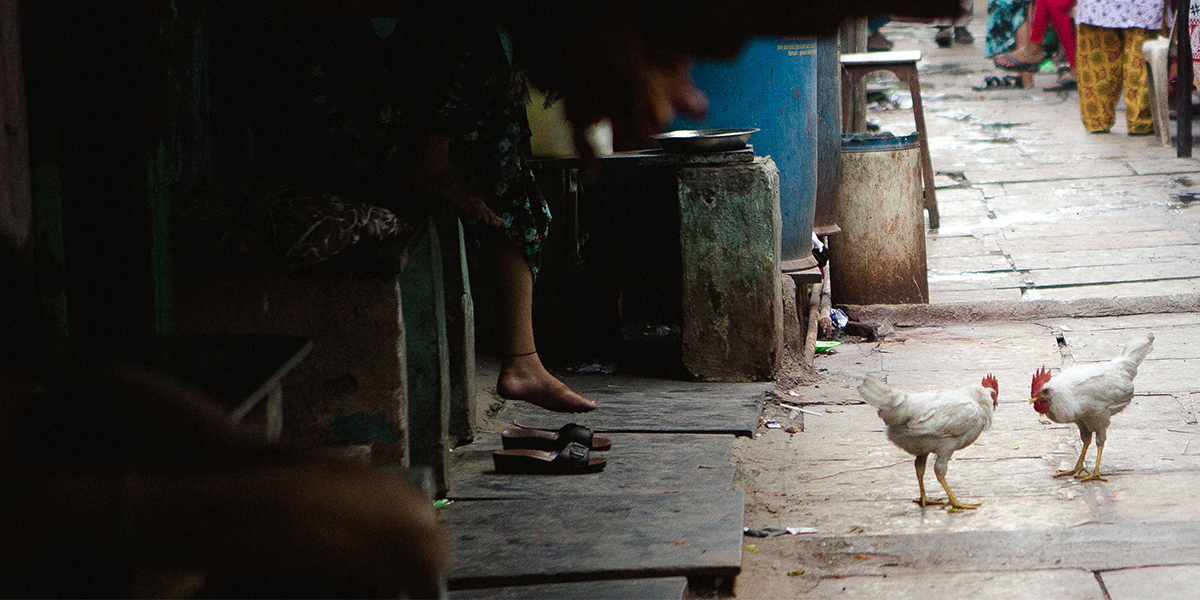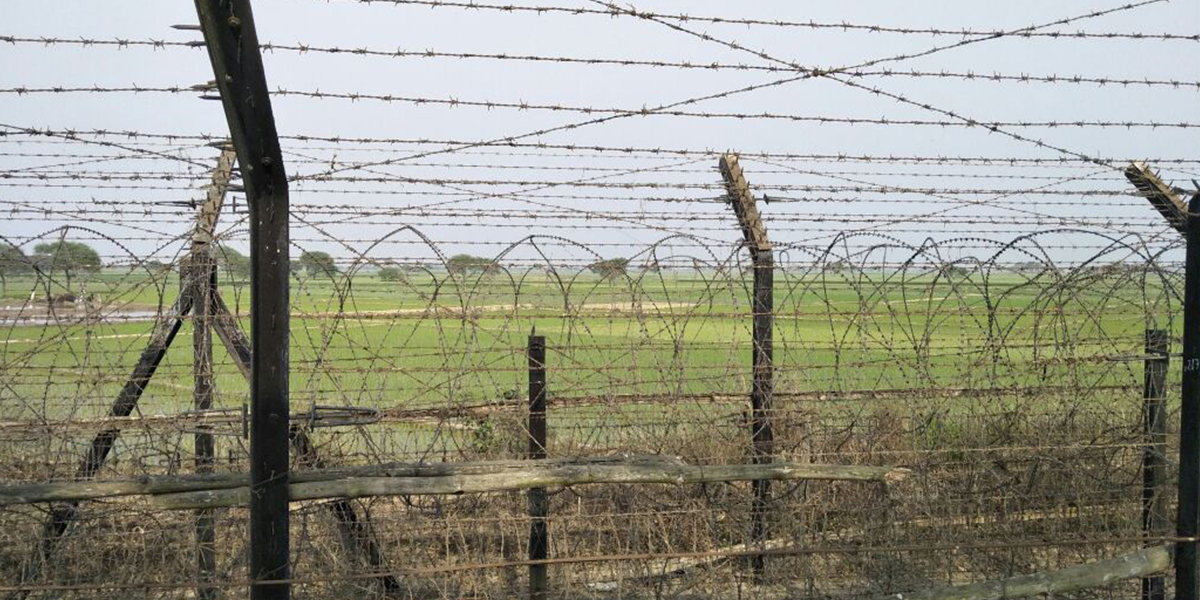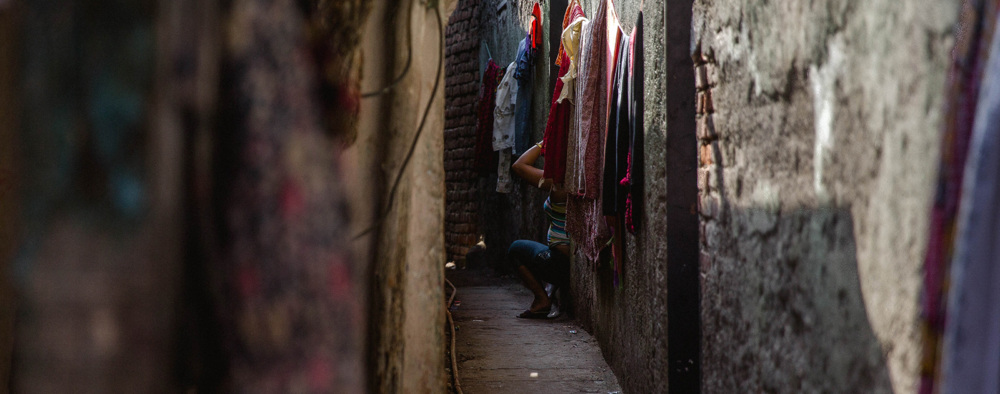
Safety and wellbeing
Education, Safety and wellbeing
[image_caption caption=”Sonapur street scene. © Rahul Verma / Purnata” float=””] [/image_caption]
[/image_caption]
Before COVID-19, Aleena worked in a garment factory in the city of Gazipur, Bangladesh, where she lives with her five family members in a slum. Because of the lockdown, she lost her job. She could have managed for a little while with her savings and the relief supplies she got from the government and a civil society organization, but then the landlord in the slum pressured her for the rent. She had to take a loan from a moneylender at an exorbitant rate of interest.
Two months later, when her maternal uncle offered to take her 15-year-old daughter to India for a job in domestic work, she found herself in a dilemma. On one hand, she was in a debt trap and could not see how to get out of it; on the other hand, she was hopeful that she would be able to survive with her family intact. But, as the situation grew worse, with a broken heart, she decided to send her daughter off with her uncle. The girl’s destination remains unknown.
The porous borders between India and Bangladesh have long helped cross-border trafficking to thrive. The crisis caused by the COVID-19 pandemic is increasing already existing vulnerabilities, which include limited access to social security measures, inequalities in access to education, and poverty, and is leaving children in both countries at greater risk of being trafficked.
The garment industry in Bangladesh is losing billions of dollars following the cancellation or suspension of orders, due to the lack of demand from US and European markets because of pandemic-related lockdowns. As a result, 4 to 5 million young women who worked in the garment factories have become jobless, according to GFC partner SOHAY.
In Bangladesh, there are 3.4 million child laborers, 1.3 million of whom are engaged in hazardous occupations. Because of the COVID-19 situation, it is expected that there will be a surge in the number of child laborers. Child marriage is also rising, because parents need to pay less dowry now. More children are being forced onto the streets in search of food and income, which increases their risk of abuse and exploitation.
Traffickers target people who are landless, those who don’t possess a means of subsistence, women who are household heads, and children with special needs.
COVID-19 has pushed these marginalized populations toward more social inequality and deep-rooted social discrimination. As they are facing extreme poverty, it is understandable that they would be attracted to the promise of a better standard of living.
GFC partner Suprava Panchashila Mahila Uddyog Samity shared that children are widely used as carriers of goods such as rice, sugar, and kerosene across the India-Bangladesh border. Children are even involved in the smuggling of weapons and drugs. India’s Border Security Force is not allowed to shoot children, so the people involved in smuggling got the idea to engage them in this work.
During the lockdown, the border has been closed, and the entire operation has been halted. Many children and women who came to India just before the lockdown are stuck in border villages and can’t return home.
In India, at the beginning of August, around 1.85 million COVID-19 cases had been identified and the death toll stood at 38,938. (In Bangladesh, these two numbers were 242,102 and 3,184, respectively.)
Many children in India will certainly become orphans, who are vulnerable to trafficking, begging, and child labor.
Childline 1098, a telephone helpline for children in distress that is run by the Ministry of Women and Child Development, had received 460,000 calls in 21 days during the first phase of a nationwide lockdown, and 9,385 of these calls were cries for help from children who were being subjected to physical, emotional, or sexual abuse, or were being trafficked or abandoned.
The nationwide closure of schools and lack of access to online classes will push more children to become dropouts, who are more vulnerable to trafficking.
[image_caption caption=”The India-Bangladesh border in Kaharpara, Murshidabad. Bangladesh is located on the opposite side of the fence. © Suprava Panchashila Mahila Uddyog Samity.” float=””]

[/image_caption]
As the risks to children rise with the COVID-19 pandemic, GFC partners in Bangladesh and India are using many different approaches to address cross-border trafficking:
This blog is based on interviews of GFC’s Bangladesh partner organizations Alor Pothe Nobojatray Foundation, Shobujer Ovijan Foundation, and SOHAY and India partners Suprava Panchashila Mahila Uddyog Samity and Rural Aid.
